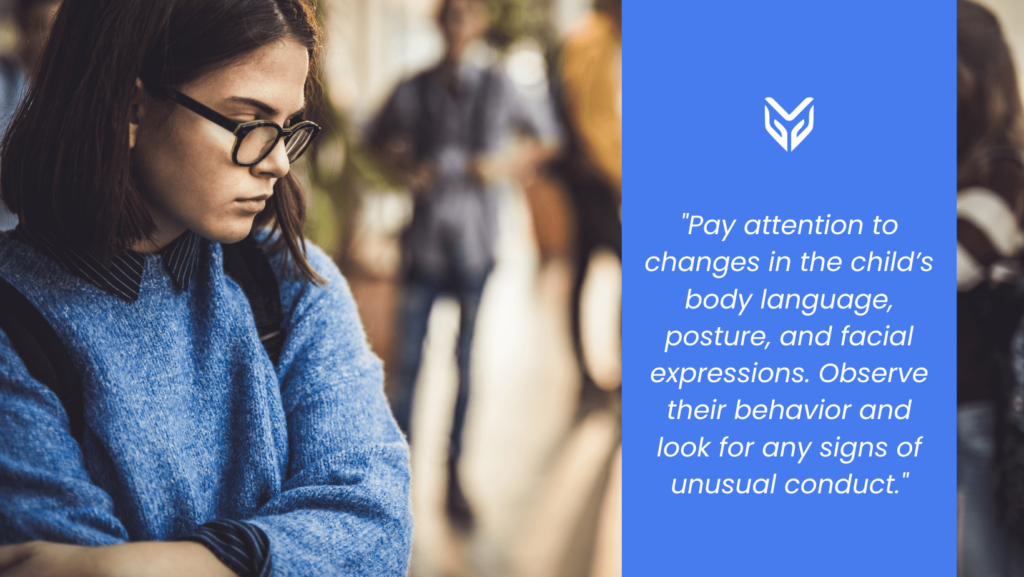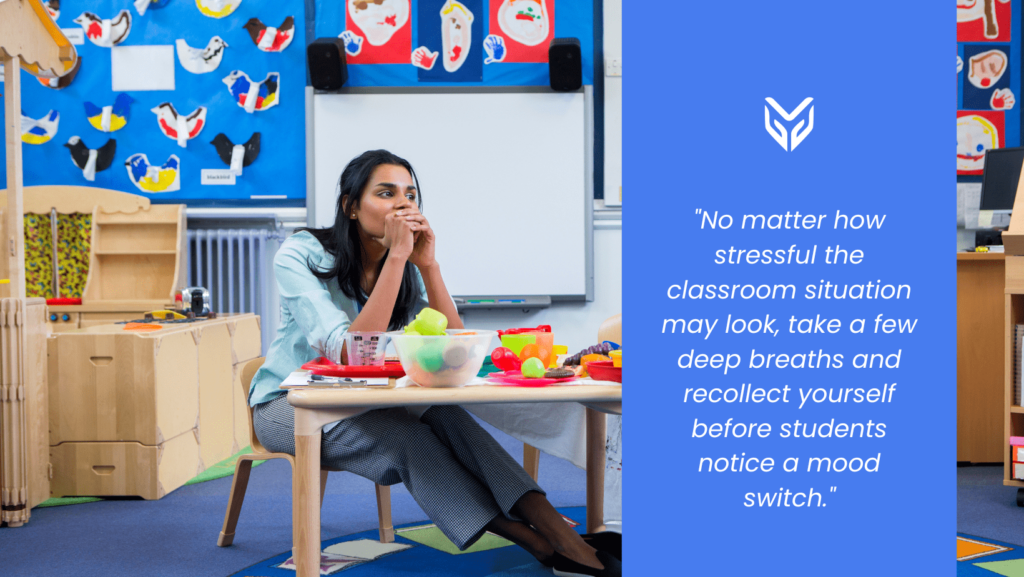NEWS
How To Recognize Children’s Distress and How To Take Action

Children’s distress can be exhibited in various ways – from trouble concentrating and completing schoolwork to hyperactive or aggressive behavior. Whatever the signs are, changes in the child’s behavior usually mean they’re dealing with something troubling. Everyone, including teachers, must do everything possible to help.
According to the Centers for Disease Control and Prevention, mental disorders among children are described as severe changes in the way children typically learn, behave, or handle their emotions. This causes distress and problems facing their day-to-day tasks, even ones seemingly so simple as completing homework or communicating with their schoolmates.
Children are generally more prone to distress as they grow older and take on more obligations, extracurricular activities, and homework. But we have to acknowledge that stress, anxiety, and mental disorders can also affect any child, unrelated to factors such as their age and upbringing. That is why recognizing signs of distress is crucial in preserving children’s well-being.
How Can You Recognize Signs of Children’s Distress?
In addition to being aware of all the common symptoms, you must also consider that not all children’s distress is exhibited in the same way, and that some signs can be disguised more than others. The obvious signs can be influenced by cultural norms that dictate expressing emotions and communicating thoughts.

Here are a few telling distress indicators distinctive for most age groups, according to Unicef:
- Higher irritability
- Regressing to former behaviors
- Changes in sleeping and eating patterns
- Frequent aggression
- Restlessness
- Poor concentration
- Feelings of guilt and shame
Stress can also be exhibited as physical symptoms. It affects the body in the form of tiredness, tight chest, shortness of breath, stomachache, dizziness, headaches, and general aches.
The COVID-19 pandemic has only worsened the frequency of children’s distress, so teachers must be wary of several symptoms and react accordingly. The first step in addressing distress is recognizing that it exists and that it is a real issue. Teachers who spend a significant amount of time with the students can recognize important shifts in behavior, mood, and performance in school. The distress doesn’t necessarily always happen as a consequence of any real problems or trauma – it might even be a reaction to a stressful classroom situation. But because distress affects everything from students’ well-being to learning capabilities and motivation, it must be tackled. Here are some tips on how to approach a troubled child.
#1: Be Observant and Monitor the Student’s Behavior
Pay attention to changes in the child’s body language, posture, and facial expressions. Observe their behavior and look for any signs of unusual conduct. Changes in their interactions with their peers and adults are also very revealing. Accordingly, distress may be indicated by an abrupt change in mood or a decline in social contact.

#2: Encourage the Child To Talk About Their Emotions
Encourage the child to express their emotions and help them understand the situation that originally triggered the feelings. Reassure them that their feelings should not be repressed and try to offer them ways of improving the situation.
#3: Introduce a Classroom Routine
In times of transition or stress, having a routine will give the child a sense of stability. Organize your daily class activities to adhere to a predictable schedule or rhythm. Practicing a routine will later help the student to remain more balanced when dealing with unexpected or stressful situations.
When designing a routine to fight the child’s distress, do not forget to involve regular stress-reducing activities that will further help them to remain calm and mindful. Think about establishing activities, such as belly breathing, making and using stress balls, blowing bubbles, writing out emotions, doodling, and playing memory games. You can also introduce calming activities that involve technology use, using versatile software such as Blocksi.
#4: Remain Calm
In the eyes of the student, teachers are seen as role models, sometimes even as superheroes. And since they look up to you as a model for healthy behavior, you must be at peace with yourself and keep your own stress under control so it does not affect the child’s well-being. No matter how stressful the classroom situation may look, take a few deep breaths and recollect yourself before they notice a mood switch.

When To Take Action?
If children’s distress seems more serious and these solutions prove to be only temporary, make sure to refer to school counselors who will take further action and contact parents or other responsible parties.
Seeing that ongoing educational stress negatively impacts a student’s learning capacity, academic performance, and more, teachers must do everything in their power to lessen the stress levels in the classroom, where a student should feel the safest. Engaging them in a constant routine where they feel safe and loved will resonate with all the dimensions of their lives and their future mindset.
SOURCES
[1] What Is Children’s Mental Health?
[2] How to recognize signs of distress in children
[3] Impact of COVID-19 on the mental health of US college students





